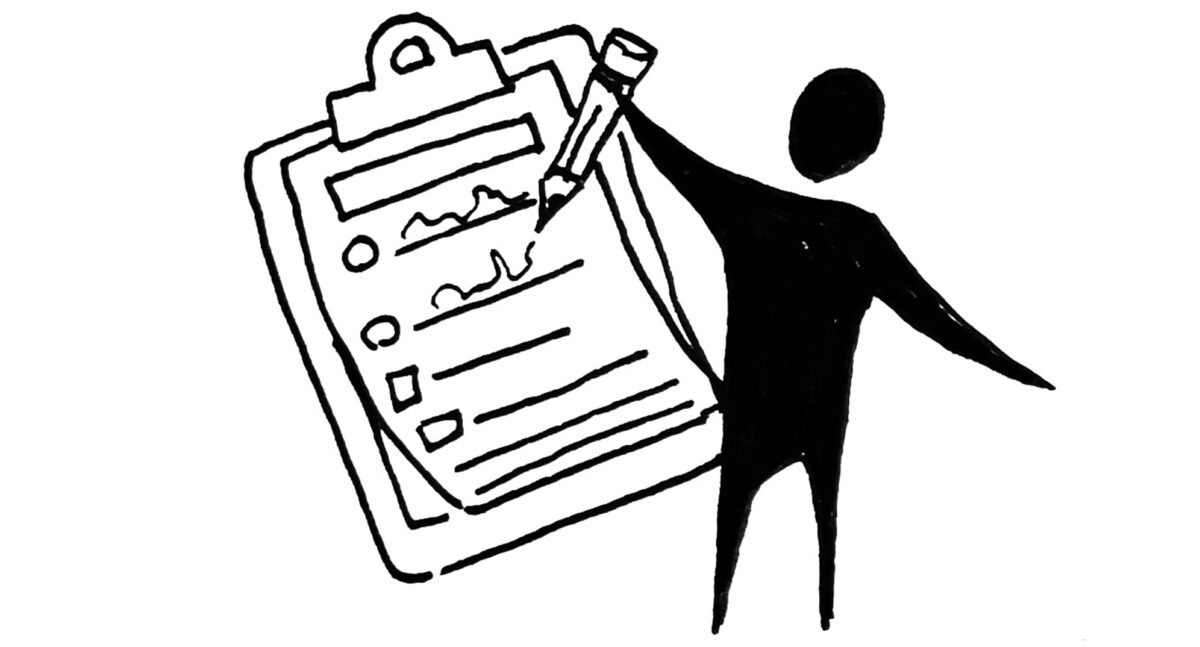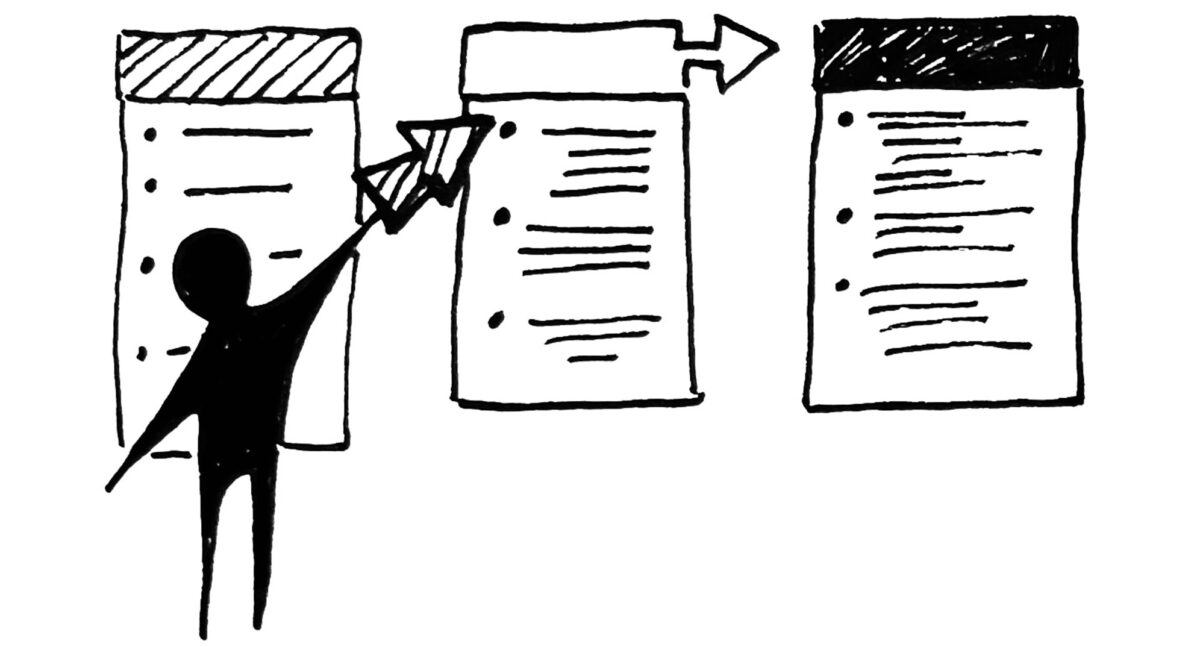When used in innovation and developmental evaluation contexts, surveys are a way to rapidly gather information about a specific topic. Surveys can be anonymous or identified, but generally can surface information that individuals would not feel comfortable saying out loud.
Steps:
Survey Design
- Brainstorm a list of specific topics and questions related to those topics. Look to the literature for previously used or validated questions.
- Think through the ways you would use the information to shape questions (in other words, do they ask for a number, have check-boxes next to a range of response options, ask for opinions on a scale, or ask for open-ended responses).
- Through a process of elimination and prioritization, select a small few to be incorporated into the survey. A longer survey might discourage participation. Ideally, many surveys related to service redesign projects should take less than 10 minutes to complete.
- Decide on the format for delivery of the survey (ex: online vs. on paper, anonymous vs. identified) and the various question types (ex: open-ended, ranking, rating).
- Test the survey with some people to ensure that there are no technical challenges. Have the tester read the questions to you and tell you what they think it means to improve measurement validity.
- Distribute the survey to the necessary recipients.
Survey Analysis & Presentation
- Consider how to most effectively summarize the responses to each question.
- Determine how the responses be visualized for the audience.
Considerations:
- The ordering of the questions is important as recipients might need to warm up to deep questions but might not work through to the end of the survey. Demographic questions, if collected, should be included at the end of the survey if possible.
- Questions should:
- be free from jargon
- be specific
- focus on only one concept at a time
- not use leading or overly emotional language
References:
- Harrison, C. (2017). Tips on Question Wording. Harvard University Program on Survey Research. Retrieved from https://psr.iq.harvard.edu/files/psr/files/PSRQuestionnaireTipSheet_0.pdf


